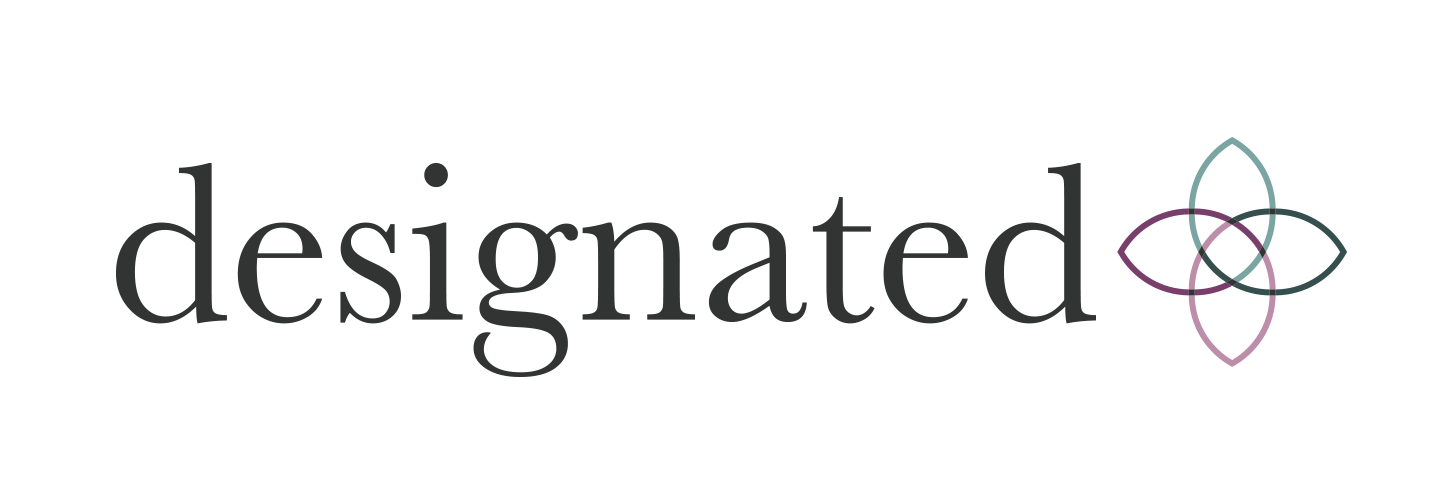Welcome to Designated – Virtual PA Services in London
Providing an experienced virtual PA to give you time to focus on the growth of your business.
Designated PA, supporting your success.
Packages from £335 a month
Our services include…
Flexible VA Support
We provide experienced PA/EA’s to support you and your business. Our team are all senior professionals with years of experience. Employed by us to support you all year round. Packages start from £335 a month.
Recruit a PA
We offer our recruitment expertise to source the perfect candidate for your in-house team. Interview process fully managed by us, so you are presented with the best candidates.
Marketing
We can provide marketing support across strategy, brand, online and offline activites, and project management.
Finance
Take control of your finances with the help of our Xero-certified accountants and bookkeepers.
We are Designated PA.
We support ambitious companies in London and beyond to achieve extraordinary results, with our virtual PA services and business solutions.
For over ten years, we have partnered with innovative organisations, providing cost-effective business support services across PA, Accountancy, Bookkeeping, and Marketing.
Our team at Designated PA can help you become more efficient by taking care of the important tasks before they become urgent tasks. Increase your productivity and reduce your stress levels by getting the support you need, allowing you to focus on business priorities such as high-level customer service, product/service quality and growth.
Here’s how Designated has supported clients
Let's talk
If you would like any further information on our virtual PA services, please feel free to:
Experienced PA support
An experienced personal assistant can help you become more efficient by taking care of important tasks before they become urgent. Increase your productivity and reduce your stress levels by getting the support you need. Your virtual assistant will become a core part of your team and business.
Let's talk
If you would like any further information on our virtual PA services, please feel free to:
Finding your perfect candidate
Our recruitment approach is different. We are experts in drilling down into the detail to create the perfect job description ensuring we find the ideal candidate for you. We understand both sides of the relationship so we can identify the exact match, for both client and PA.
Let's talk
If you would like any further information on our virtual PA services, please feel free to:
Expert Accountancy & Bookkeeping support
One of the most important ways to keep on top of your finances is to have an effective and efficient accountant and bookkeeper by your side. Financial support does not need to be costly or confusing. Our experienced certified accountants and bookkeepers will help you with all aspects of tax and compliance, so you can focus on growing your business.
Let's talk
If you would like any further information on our virtual PA services, please feel free to:
Marketing Specialists
Whether you need to develop or re-energise your brand, attract new clients, raise awareness of your business, develop your digital presence, or engage with your network to achieve your objectives we have the expertise to help you.




